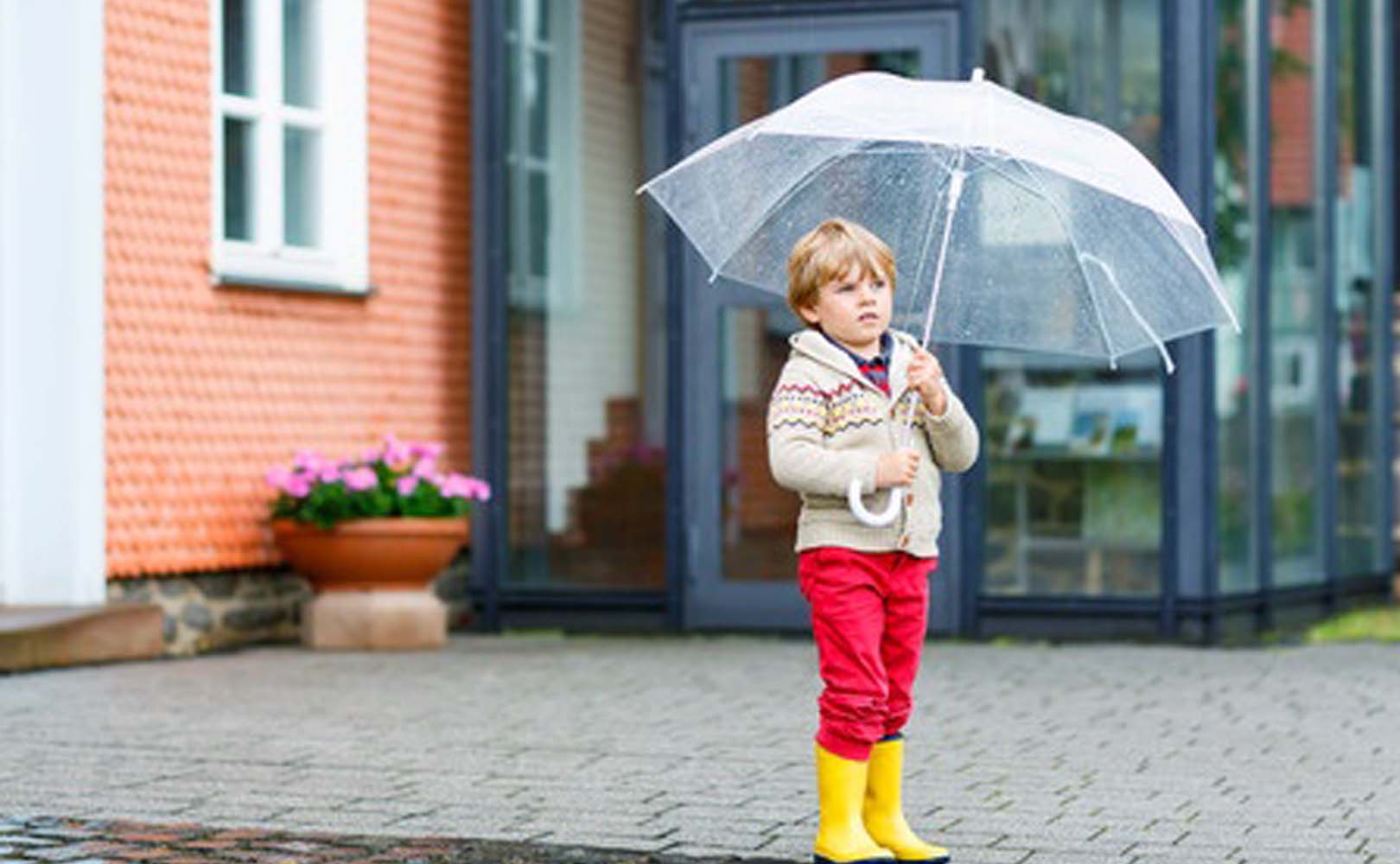Whether or not the ground hog saw his shadow on February 2nd, it makes good financial sense
to plan for a rainy day. Life has a way of throwing curve balls into the best laid plans, be it job
loss or unexpected expenses.
One of the easiest and most emotionally satisfying ways to be
ready for the next curve ball is to have a cash cushion to draw on if something unforeseen
happens.
- How much is enough? Standard advice is that you should have three to six months’
living expenses in an emergency savings account. Reality is a bit more nuanced. The
ideal target is sometimes a matter of personal risk tolerance and your circumstances. I
ask clients about their job security and job search history. I advise clients who have a
family depending only on their income to err on the high side. Younger, two‐income
couples might be comfortable on the lower side. Some risk‐adverse clients might need a
years’ worth of living expenses in cash to feel comfortable. - Where do I stash it? It’s generally best to keep your emergency savings in the bank. If
you want to put it in just one account, put it in a high‐yield savings account linked to
your checking account. Online banks like CapitalOne 360 offer higher interest rates
than most traditional banks. Given how low interest rates are, you might wonder if you
could earn a higher return on cash you are unlikely to touch any time soon. I sometimes
advise my clients put a portion of their emergency savings in a very short‐term bond
fund to earn a bit more than savings. The understanding is that the value could go
down, but probably not by much. - Can I use it to go on vacation? Emergency savings is for just that ‐ emergencies. You
should not use it to pay for expenses you can and should be budgeting for. For
vacations, normal auto and home maintenance, you should be setting aside money each
month for the projected annual expense. Emergency savings should be used if you lose
your job or you incur an expense that is higher than you budgeted. If you do use some
of your emergency savings, you should rebuild it back to its target. - Why not just use my credit card? While you can certainly use your credit card to pay
for your unexpected expenses, you’ll build up revolving credit card debt if you don’t
have emergency savings to pay the bill. A cycle of debt run‐up, then debt pay down can
ensue, with all the associated emotions with carrying this type of debt and interest
expenses along the way. You’ll find you sleep better at night if you maintain a
reasonable amount of emergency savings.

